J-Beauty Making its Mark in Europe
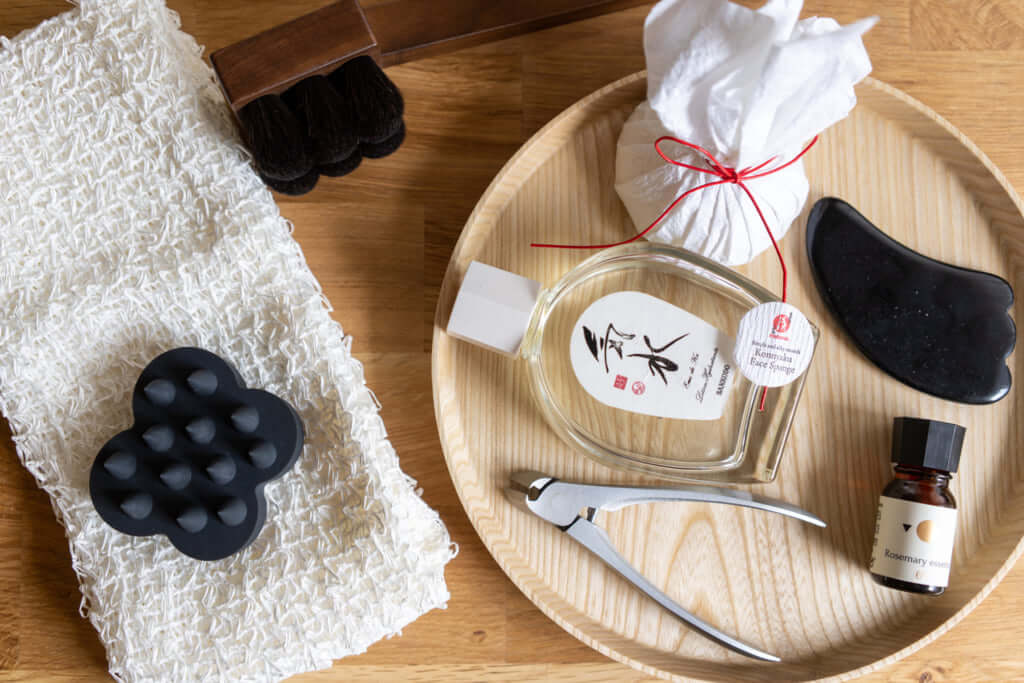
For a few years now, the craze for cosmetics from Asia has been going strong. Korean beauty products, or K-Beauty, are currently leading the race, but Japan is refusing to be beaten and has repositioned its market and products in order to win over the European market.
K-Beauty, with its attractive packaging and constant innovations, has gained popularity with young people over the past five years. A trendsetter, K-Beauty has established its single-use facemasks by using ingredients never found in European cosmetics, such as snail slime for its hydrating qualities. From rituals extending to a dozen different steps (requiring as many different products) to BB cream, a 3-in-1 product which combines the benefits of day cream and sunscreen with the coverage of foundation, K-Beauty has a solution for everything.
However, these new cosmetics are often not very natural, as they require use of cutting-edge technology. Known as ‘instant beauty’, they respond to problems via their targeted action, but don’t prevent them from returning. It’s therefore no surprise that an English analyst predicted in 2018 that J-Beauty would go on to gain greater popularity following on from K-Beauty.
“The key characteristic of Japanese beauty is to anticipate problems and then act over the long term”, explains Keiko Suyama, founder of Japanese beauty advice agency Dessigns. “The routines are simpler, with 5 or 7 steps as opposed to the 11 often found in K-Beauty”.
This simplicity is what might seduce Europeans, who are not so accustomed to longer beauty routines. The European market is also more orientated towards the natural and sustainable; these are major preoccupations that influence consumption habits in general. More mature and high-end, J-Beauty is certainly less of a bargain than K-Beauty, but it’s also more effective. It relies on longer laboratory test periods and ancestral knowledge, like Kobido massages. Brands such as Shiseido, Kose and Shu Uemura have made this their trade and have had counters in aisles of large stores in Europe for a long time now.
Some newcomers are also attempting to win the heart of European consumers, such as traditional brand Makanai, organic Ruhaku and Shiro, with ingredients from Hokkaido currently only available in the UK and the US. Their products are more mid-range and make use of idealised images of Japan and its standards of beauty, such as milky white skin and carmine lips. The packaging has also been revised and edited for the European market with an emphasis on minimalism, which instantly evokes a sense of zen associated with Japan.
J-Beauty has already won over a niche audience, which is a mark of its authenticity. Thanks to the work of Keiko Suyama, these brands which have only recently arrived on the European market come together regularly in Paris, in a pop-up shop named Bijo (Japanese for ‘beautiful woman’), which can be found in Le Bon Marché until 8th September.
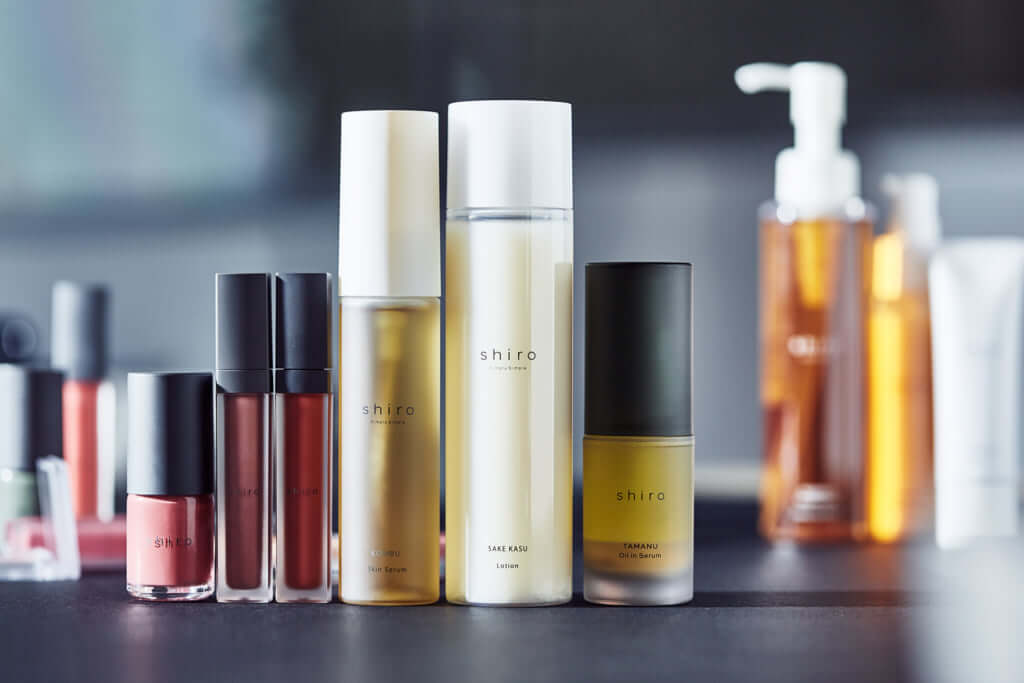
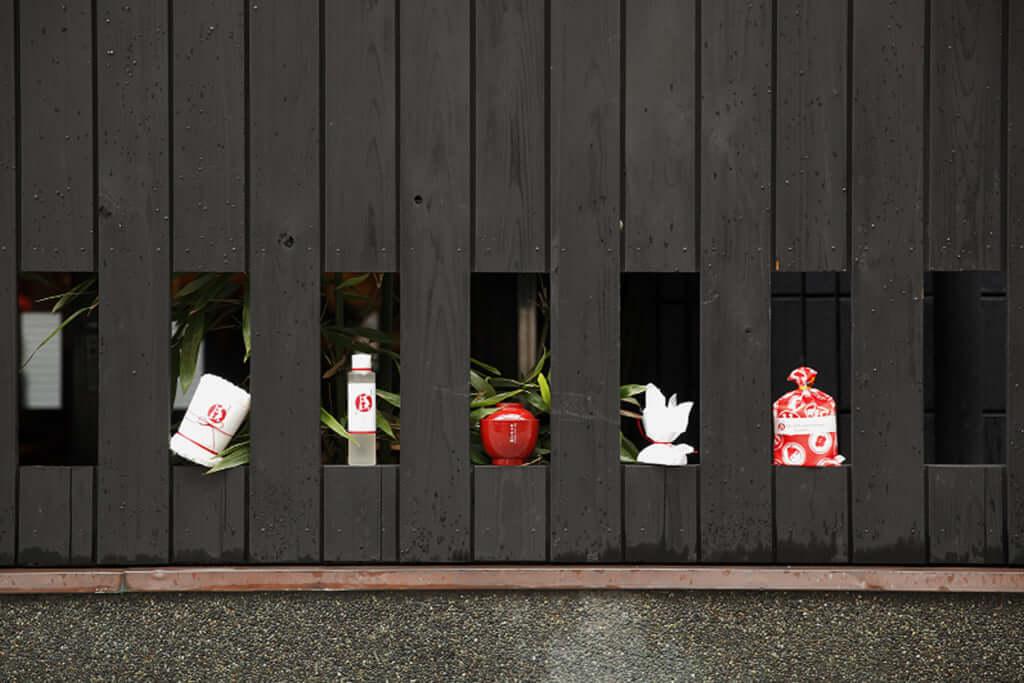
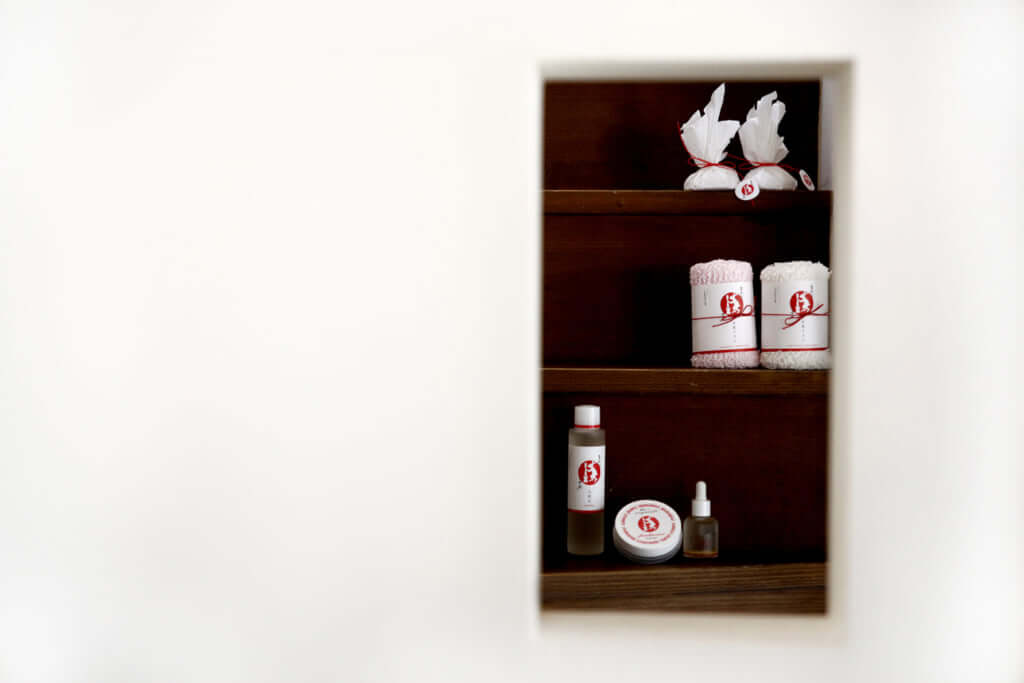
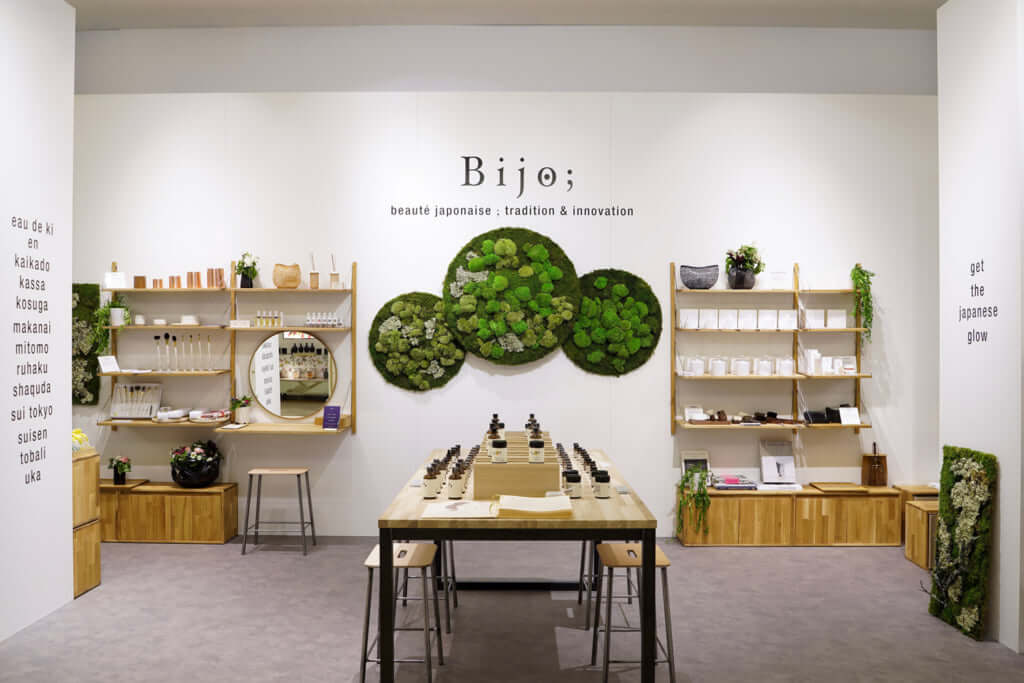
TRENDING
-
A House from the Taisho Era Reveals Its Secrets
While visiting an abandoned building, Hamish Campbell discovered photographs the owner had taken of the place in the 1920s.

-
The Taboo-Breaking Erotica of Toshio Saeki
The master of the 1970s Japanese avant-garde reimagined his most iconic artworks for a limited box set with silkscreen artist Fumie Taniyama.

-
With Meisa Fujishiro, Tokyo's Nudes Stand Tall
In the series 'Sketches of Tokyo', the photographer revisits the genre by bringing it face to face with the capital's architecture.

-
Masahisa Fukase's Family Portraits
In his series ‘Family’, the photographer compiles surprising photos in which he questions death, the inescapable.

-
Hajime Sorayama's Futuristic Eroticism
The illustrator is the pioneer for a form of hyperrealism that combines sensuality and technology and depicts sexualised robots.





